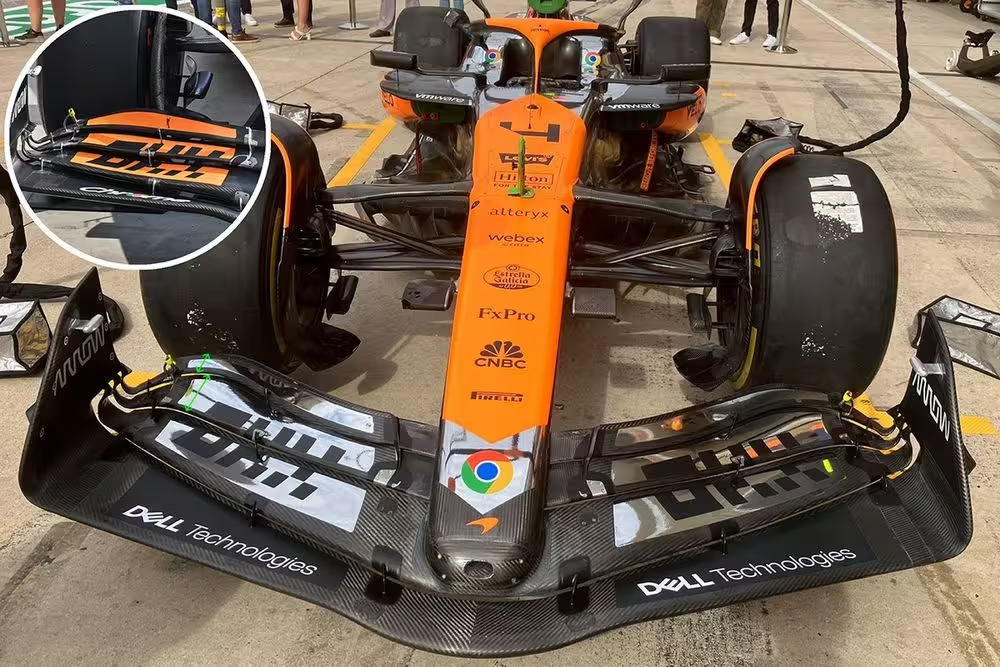Red Bull’s renewed challenge at the front of the grid in Austin suggests the team has begun to better understand the issues that it faces in finding performance from the RB20 on a week-by-week basis.
However, there are other factors to consider, with its handle on the tyres when compared with the opposition a glaring difference at the United States Grand Prix.
Seemingly able to find and better hold onto the performance sweet spot that’s necessary for lap time and longevity over a stint was undoubtedly a factor throughout the race weekend and something which has been lacking throughout much of 2024, exacerbated by its struggles with car balance.
However, we cannot dismiss the fact that the RB20 was also furnished with a smattering of new parts, perhaps helping Red Bull unlock the balance it’s sorely been missing for several races.
This included a revised layout at the rear of the edge wing, with the rear quarter of its surface not only being reshaped but also cambered more than its predecessor. There’s also a change in the profile of the vertical tab at the rear of the edge wing, as it’s reconfigured along with the shape of the edge wing’s tail, which is now more upturned than before.
There were also changes to the sidepod and engine cover bodywork on the RB20 in Austin, with the rearward sloping surface steepened as the overall length of the sidepod has been shortened. This change coincides with the belt-line contouring also being adjusted to provide a better passage for the airflow to travel to the rear of the car.
McLaren was one of several teams to declare a raft of changes for the United States Grand Prix, as it looks to continue its ascent through the pecking order and provide a step up in performance for the MCL38 in the remaining few races of the season.
McLaren MCL38 front wing comparison
Photo by: Uncredited
As has been the trend during this regulatory era, the front wing and front suspension fairings have been altered in tandem, such is their aerodynamic kinship. The alterations to the front wing were subtle though, as the team adjusted the size of the upper two flaps in the outboard section, with the uppermost now a more continuous height across the span of the element (green arrows and comparison with older specification inset)
This has also constituted changes to the suspension fairing’s shapes, with the geometry of the front leg of the lower wishbone altered. Also, the shape of the cricket bat-shaped…
Click Here to Read the Full Original Article at Motorsport.com – Formula 1 – Stories…

